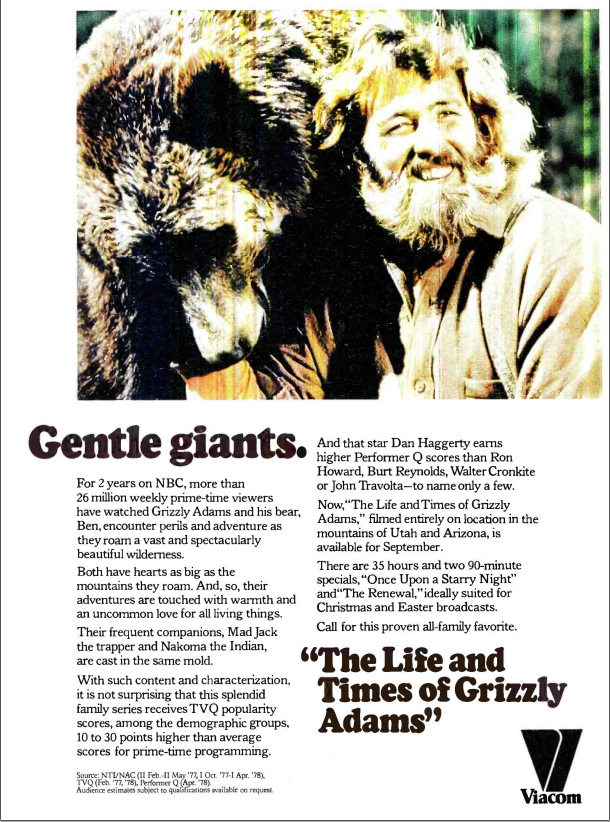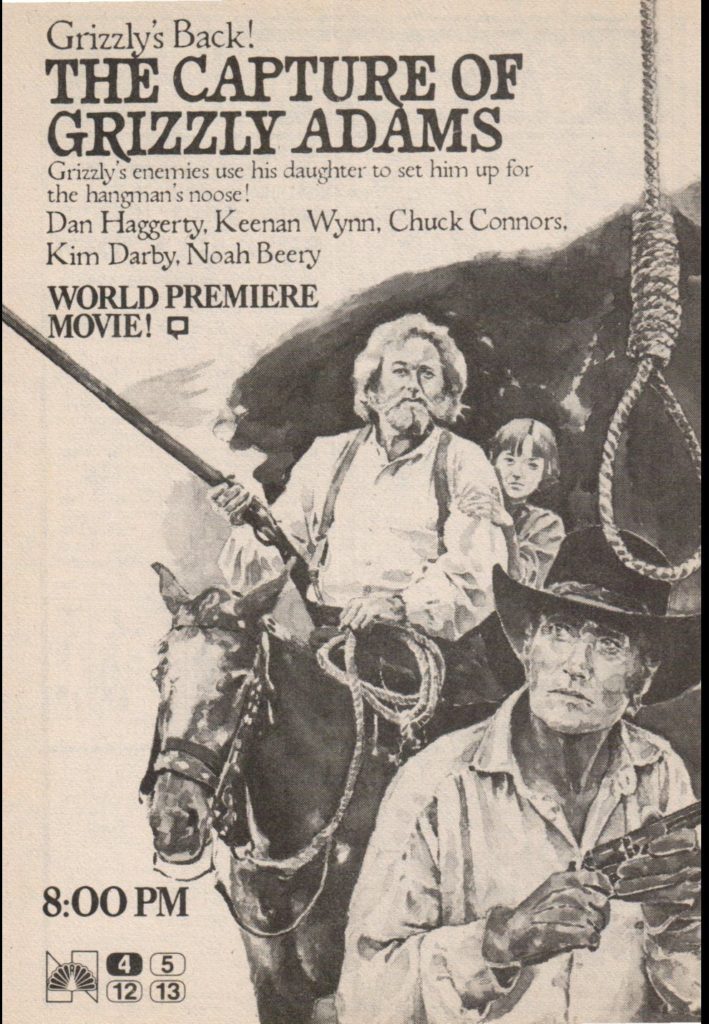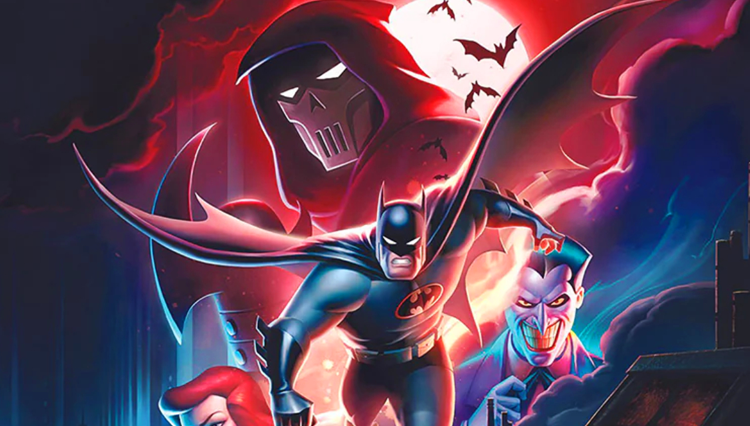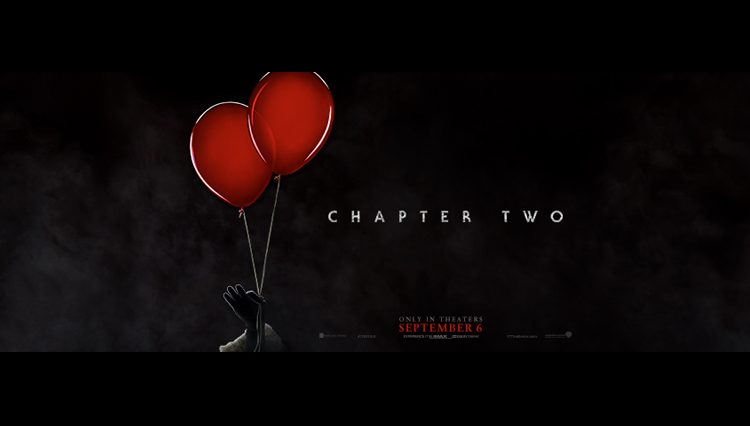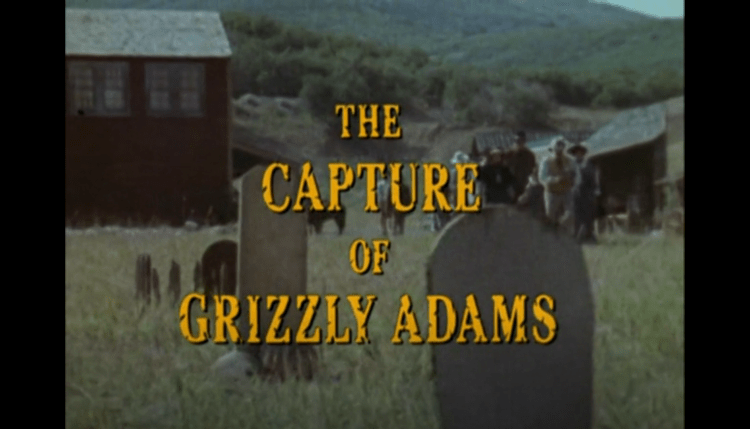
The NBC Grizzly Adams hit series had ended three years ago, capped off by a 1978 Christmas special, airing months after new regular series episodes had stopped. Although the show brought in relatively decent, albeit reduced ratings, series producer Charles Sellier, Jr.’s eccentric production practices were causing friction with network executives. His fanatical dependence on audience testing and his unwavering pursuit of a bimodal audience of young children and senior citizens instead of the normal key demographic of 18–49-year-olds resulted in going head-to-head with NBC, even sabotaging one particular episode to prove his point. (See Forgotten TV’s recent deep dive behind the scenes of Grizzly Adams for the full story.)
These clashes with NBC may have led them to think that continuing to deal with him for a third season would be more trouble than it was worth, given the now-lower ratings. NBC had also revised nearly their entire lineup for fall 1978, and many series were sent to the chopping block. However, the series had a couple of things going for it when it came to the potential for a revival of the property.
One was its success in rerun syndication. Soon after that holiday special, Viacom began advertising Grizzly Adams as available for TV syndication beginning in September 1979. 47 stations snapped up Grizzly Adams as soon as it was available. The series continued to be seen by millions of viewers, and NBC continued to receive fan mail for the show.
Another event that precipitated the possibility of a return of Grizzly Adams was the sale of studio Sunn Classic Pictures to Taft Broadcasting in May of 1980. Taft began to dust off properties in Sunn’s library with an eye to generating any revenue they could from theatrical releases or the new market of home video. This included a shelved NBC pilot titled Earthbound they released to theaters and a Grizzly Adams home video of episodes hobbled together into a 93-minute movie released as Legend of the Wild, which was even released theatrically in overseas markets.
Then in August of 1981, the Grizzly Adams production crew was again seen active in Park City, Utah filming a new TV movie special for NBC. The Capture of Grizzly Adams would air on February 21, 1982, and again feature Dan Haggerty in the title role.
When Grizzly Adams’ sister and caretaker of his daughter Peg unexpectedly dies, both the local sheriff Hawkins, as well as no-gooder Frank Briggs, realize word of her death will bring Adams down out of the mountains to see after Peg’s welfare. When Adams arrives, he is chased and shot escaping with Peg. Adams is captured, but Ben is presumably also shot in the process, and reluctantly the sheriff authorizes Briggs and his men to hunt him down.
A jury trial is held, and for the first time, we are given the full backstory of the murder Adams is accused of committing. Briggs had been a business partner with Pete Ferguson in a land company. Adams had a disagreement with Ferguson over water rights, and Ferguson was later found killed in his blacksmith shop with a hammer. Even though Ferguson had made a number of enemies, one witness identifies Adams as standing over Ferguson’s body with the murder weapon. All seems lost when Adams is not only found guilty, but Brigg’s men arrive, cruelly throwing down a bear pelt in front of him, claiming Ben has been killed.
However, a tornado interrupts the scheduled hanging, and the town is virtually destroyed. When Adams is trapped under rubble, an unharmed Ben shows up to free him, harking back to the early days when Ben had freed him from being pinned under a fallen pine tree. Adams rescues a group of women and children trapped in the basement underneath the collapsed hotel. Unable to hang Adams after these events, the sheriff allows him and Peg to escape.
Later, when it is revealed Adams saved the life of his son, the key witness comes clean and reveals Frank Briggs as the real murderer. When Briggs chases down Adams, this leads to a final showdown between them on a footbridge over some treacherous river rapids. Victorious and now free, Grizzly Adams and his daughter Peg begin the journey back to help rebuild the town, and the Thom Pace theme is played for a final time.
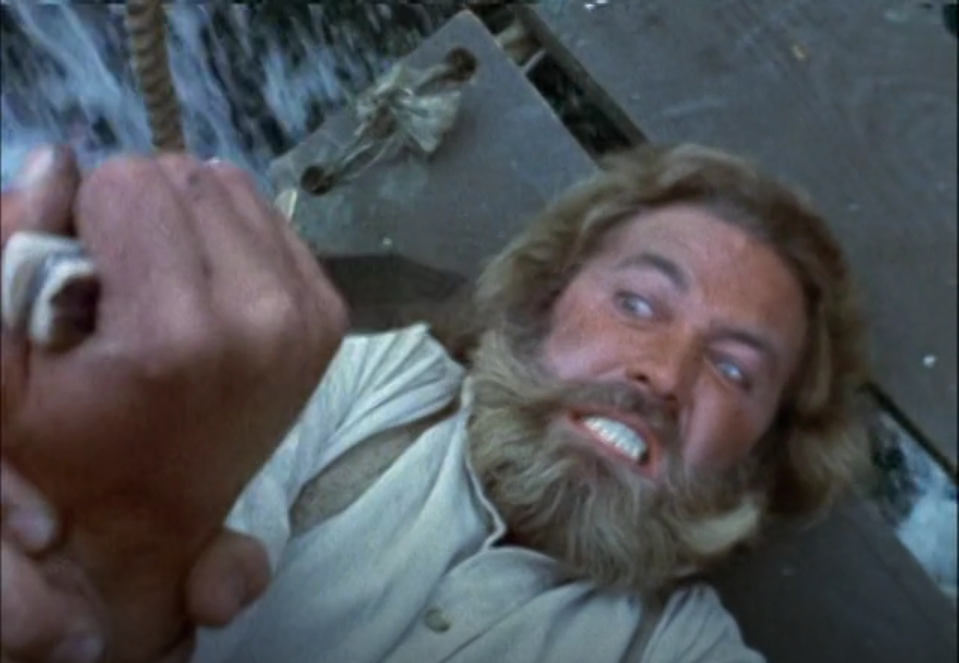
The TV movie also featured Kim Darby, Noah Beery Jr., Keenan Wynn, June Lockhart, Chuck Connors, G.W. Bailey, and Sydney Penny as Peg. Bozo the bear returned as Ben. Taft International, now owner of Sunn Classic and their catalog, pulled out all the stops in casting this NBC TV movie special, casting several well-known names from film and TV westerns of yesteryear. Kim Darby from True Grit; June Lockhart from Lassie and Petticoat Junction; Chuck Connors from The Rifleman; Noah Beery Jr. from Riverboat, Hondo, and Doc Elliot; and the prolific Keenan Wynn, seen once earlier in the series, returns to Grizzly Adams. With Denver Pyle busy filming season four of The Dukes of Hazzard, he was unable to return as Mad Jack. Keenan Wynn plays a similar character, seen briefly at the beginning and end of the film. In a press interview, Wynn made sure to point out he was not trying to replace Pyle as Mad Jack. “Denver is completely different from myself, and I couldn’t very well imitate Denver. I wouldn’t. So what I’m doing is completely different from Denver, and that makes it a different part. So it’s up to them. If they like what I’m doing, fine. … If they don’t. I’ll take another job on something.”
Here, Adams’ daughter Peg also makes an appearance – a character not mentioned or seen since the original 1974 film. Eight years old in that original film as played by Lisa Jones, she appears to be perhaps 11 here as played by Sydney Penny, and dialogue frames the time Adams has been away in the wilderness as a ‘few years.’ This is somewhat incongruent with the seemingly longer length of time that could be deduced from Mad Jack’s narration and other dialogue throughout the series. Also, I’ll note that in the 1974 film, Adams did not have a wife and was presumably a widower when he escaped into the wilderness and left Peg in the care of her aunt. This detail is easily missed both here and in the original film, something I noted some critics also missed, reading reviews of the film and series.
Capture is also tonally quite different from episodes of the series and plays more like a standard ‘innocent man accused’ type western, complete with the requisite scenery-chewing bad guy played by Chuck Connors, who commented, “I play this character full out. People watching this will either say, ‘Boy, what a great heavy,’ or ‘Geez, did he go overboard with that!’ William Wyler once told me that if you get a role that lets you take a chance, take it.” The telefilm also features several action and stunt sequences that utilized five stuntmen including Sunn regular Alan Gibbs. A tornado was simulated using two airboats as wind machines, which blew Fuller’s Earth around the outdoor western set.
Several behind-the-scenes names also returned for the TV movie, including producers Charles Sellier and James Conway, Don Perry, and Bob Summers for music, and cinematographer Paul Hipp. Capture was written by Arthur Heinemann, and it is somehow appropriate that the Grizzly Adams television saga’s opening and closing chapters were both penned by the same person. Don Keeslar – primarily a commercial director, but who had done some work on the series – was brought back to direct. Keeslar says he ‘accidentally’ fell into film work when he was offered a job at Chicago’s Wilding Pictures right out of his stint in the Air Force – but as a shipping clerk. When he was again with the armed forces, he was placed in the Special Section Film Branch of the Army. When he again returned to civilian life, he started directing TV commercials. Keeslar had been promised a regular spot as director on Grizzly Adams’ third season, but the show did not get the desired renewal.
Capture was filmed in September of 1981 again near Park City, Utah. The Miller Ranch in Wasatch County, as well as the studio’s western set in the ghost town of Keetley, Utah, and the nearby Provo River were all used as filming locations. The ghost town and set are no more, as the location was submerged in 1993 when the Jordanelle Dam was finished, creating a reservoir fed by the Provo River. Grizzly Adams’ cabin is never shown, as it had long since been removed from the meadow near the Smith-Morehouse reservoir where it sat during production of the series.
The Capture NBC telefilm performed moderately well in the weekly ratings and presented an open-ended conclusion to the Grizzly Adams story. Although there were several attempts at further television adventures of the mountain man, including plans for a two-hour Christmas special for 1982, none of these ever materialized.
The Capture of Grizzly Adams was heavily rerun on The Disney Channel throughout the 1990s, released on VHS in 1998 by Worldvision Home Video, and finally on DVD in 2013, with a recent re-release by CBS Home Entertainment. Completists and fans of the series will find it worth a purchase. It can also be viewed free here at Internet Archive.
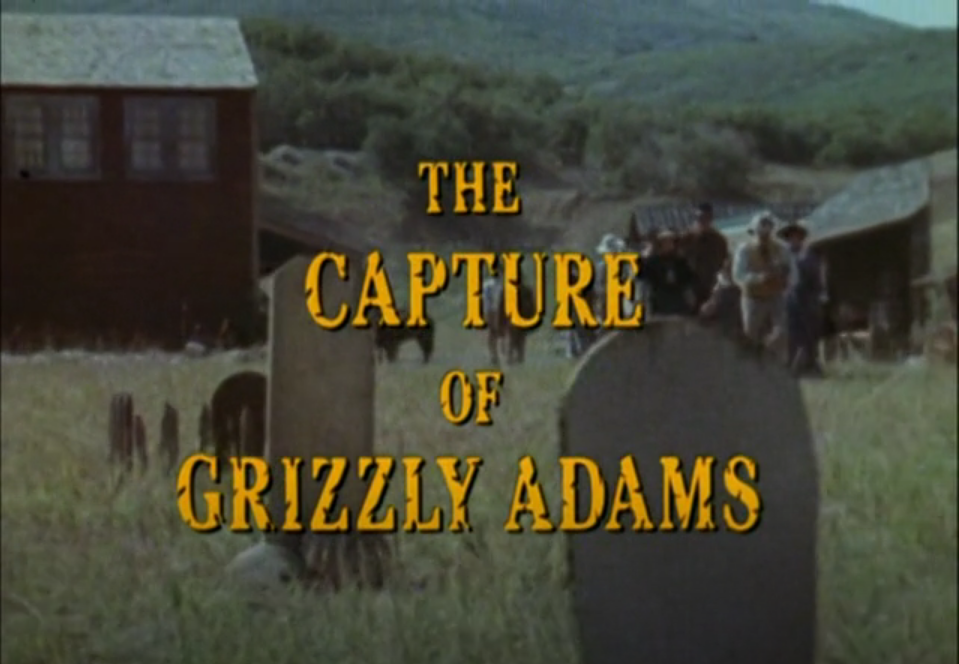
Forgotten TV Movies is a column that considers made-for-TV movies of the 70s/80s of various genres. Oh, the places we’ll go and the sights we’ll see.


